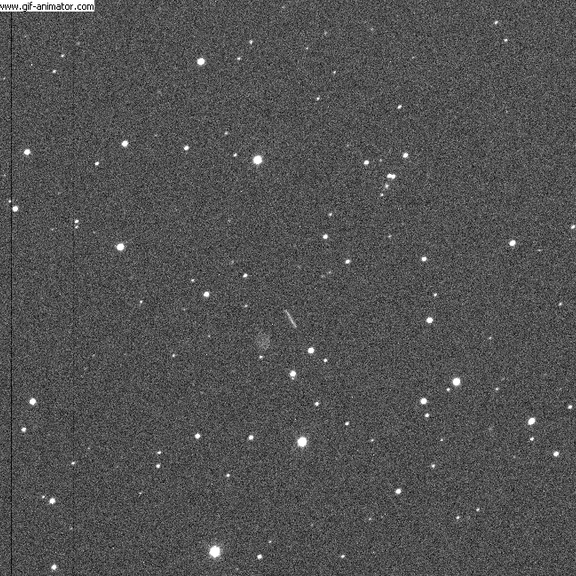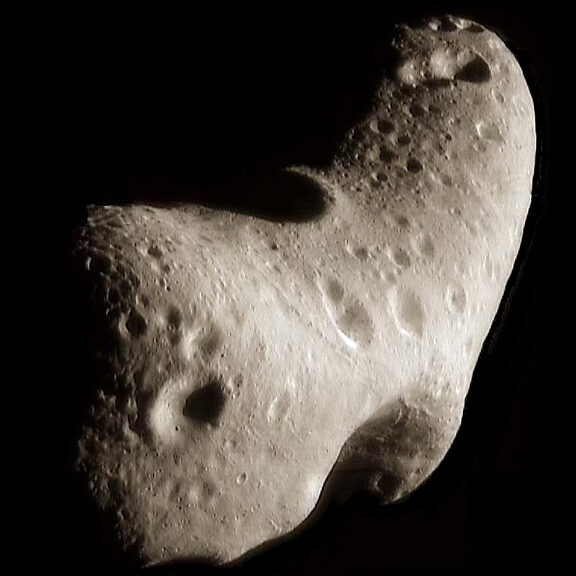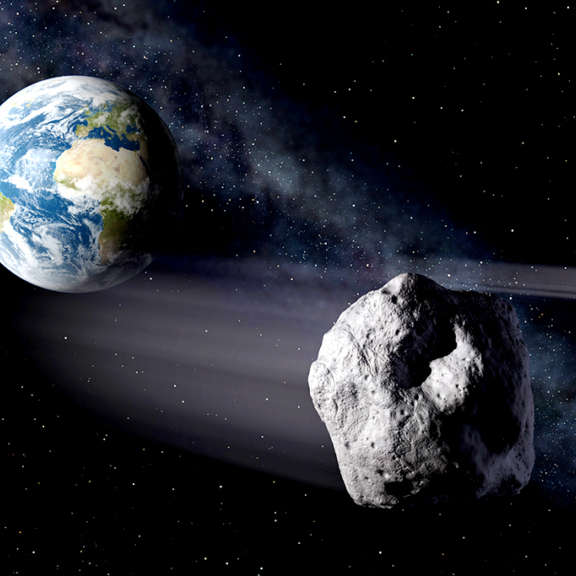All
All
Stories, updates, insights, and original analysis from The Planetary Society.
A rare direct hit from a meteorite
Meteorites hit Earth all the time, but they almost never score direct hits on human-built structures (or humans, for that matter). Once in a while, though, direct hits do happen, and it looks like this recent event in Poland was the real thing.
Close approach to Earth turns Apollo into Aten
Last week we got buzzed by a very small asteroid, something that happens fairly often. But there were several details that made the close approach of asteroid 2011 CQ1 worthy of note.
Early warning for close approaches of two house-sized asteroids
Most of you have probably heard by now of two small asteroids, both in the neighborhood of 10 meters in diameter, recently discovered on trajectories that pass unusually close to Earth.
The Potential to Destroy Civilization? Now on YouTube
Visualization can help the brain comprehend what words and numbers can struggle to covey. There's a YouTube video posted by
One month, one journal, so many missed space stories!
Or: Emily reads you the table of contents of Icarus.
Arecibo saves us from another potentially hazardous asteroid
That's a bit of an overdramatic title, but it's true that the most efficient way for us to reduce the risk we face from asteroids that have a very small chance of hitting Earth in the future is to determine their orbits more precisely.
Propose for a Shoemaker Near Earth Object Grant
Are you a serious amateur astronomer who enjoys the challenge of following up on the discoveries of faint near-Earth objects?
Inside the U.N.'s Near Earth Object Working Group
This week Bruce Betts is attending a U.N. meeting in Austria, in particular the parts focused on international considerations of the near-Earth object threat.
Planetary Society Researcher Max Rocca Discovers Largest Impact Crater in South America
It was January of 2004 when the elegant curve of the Vichada first caught the attention of geologist Max Rocca of Buenos Aires. Could the course of the river have been shaped by the circular outlines of an impact crater? Rocca decided to find out.
2010 AL30: Watch out for low-flying asteroids
In less than 24 hours, a newly discovered asteroid known as 2010 AL30 will be zipping past Earth at an altitude of approximately a third the Earth-Moon distance. There's no chance it'll hit us, but it's generating a lot of excitement in the community of amateur and professional near-Earth asteroid observers.
Near Earth Objects and Planetary Defense
Could a space rock hit Earth and cause widespread devastation? What could we do if we found an asteroid or comet on a collision course with Earth?
Netherlands fireball
I was debating whether to write anything about a reported fireball that streaked across the sky in the Netherlands at roughly 19:00 local time (17:00 UTC) yesterday, October 13, but seeing this image ended my internal debate.
Apophis is less scary than it used to be
Based on analyses of previously unstudied telescopic data, NASA scientists have released new predictions for the path of the 300-meter-diameter asteroid Apophis.
Astronomers Revise Torino Scale Asteroid Advisory System
Astronomers have revised the Torino scale, the color-coded advisory system to assess the threat of asteroids and other near-Earth objects (NEOs) to make it easier for the public to understand.
Close Your Left Eye, Then Your Right: Simultaneous Observations of Asteroid 4179 Toutatis from Two Chilean Telescopes Demonstrate Parallax
This morning, asteroid 4179 Toutatis was so close to Earth that simultaneous observations from two telescopes in the same country could show parallax that is obvious even to the least experienced observer. The two telescopes belong to The European Southern Observatory and are located at La Silla and Paranal in Chile
Very Close Approach by Asteroid 4179 Toutatis: It's Not a Crisis, It's an Opportunity
On Wednesday, September 29, Earth will dodge a cannonball: the Near-Earth Asteroid known as 4179 Toutatis will buzz by at a distance only four times the distance from the Earth to the Moon -- about one and a half million kilometers, or about a million miles. But, as the wisdom goes,


 Explore Worlds
Explore Worlds Find Life
Find Life Defend Earth
Defend Earth


 Sun
Sun Mercury
Mercury Venus
Venus Earth
Earth Mars
Mars Jupiter
Jupiter Saturn
Saturn Uranus
Uranus Neptune
Neptune Small Bodies
Small Bodies














